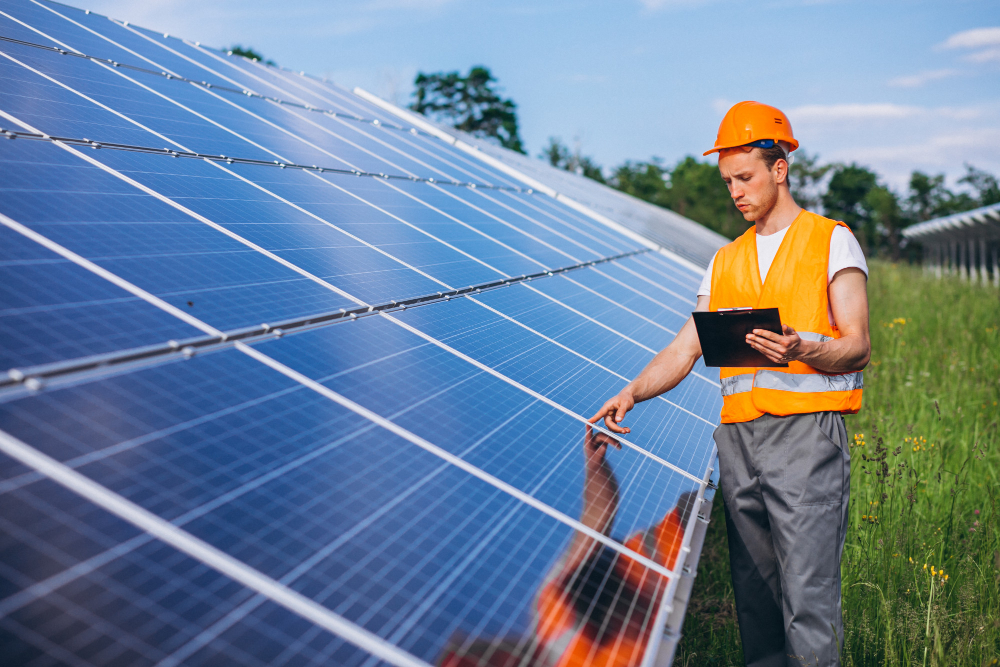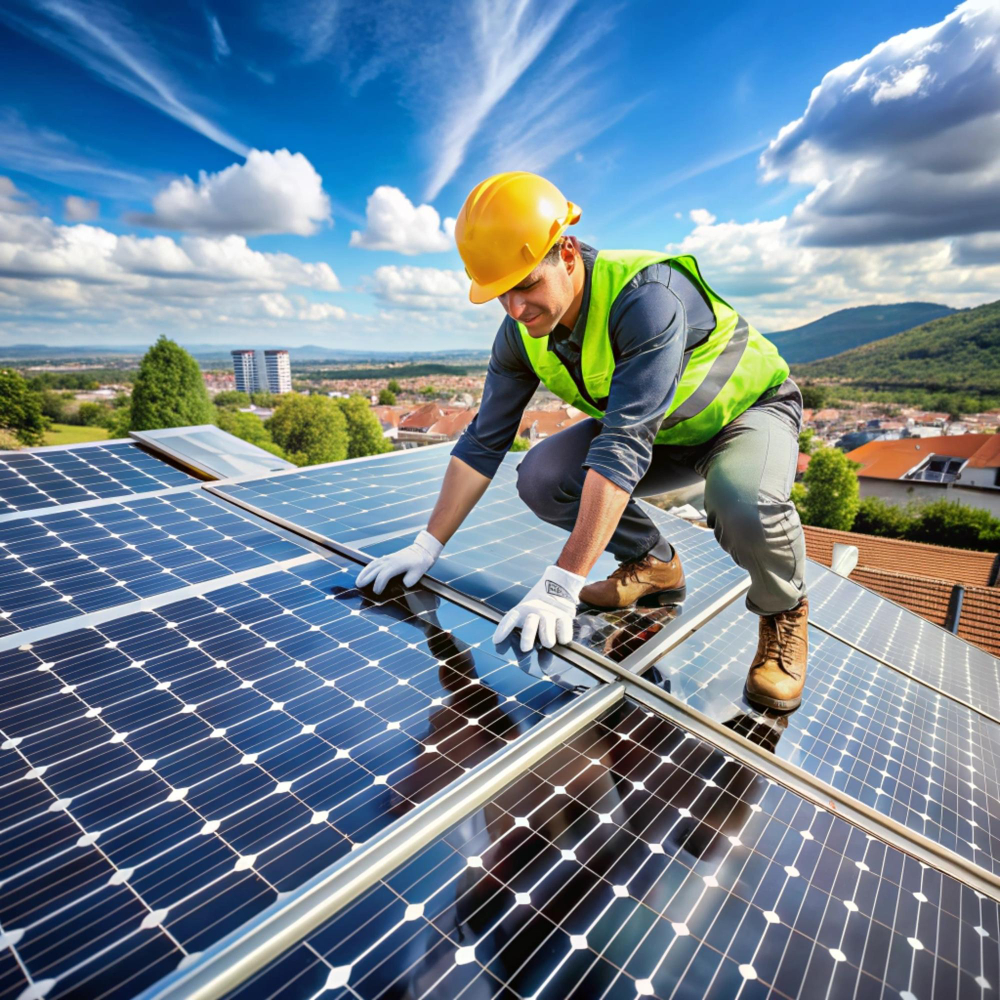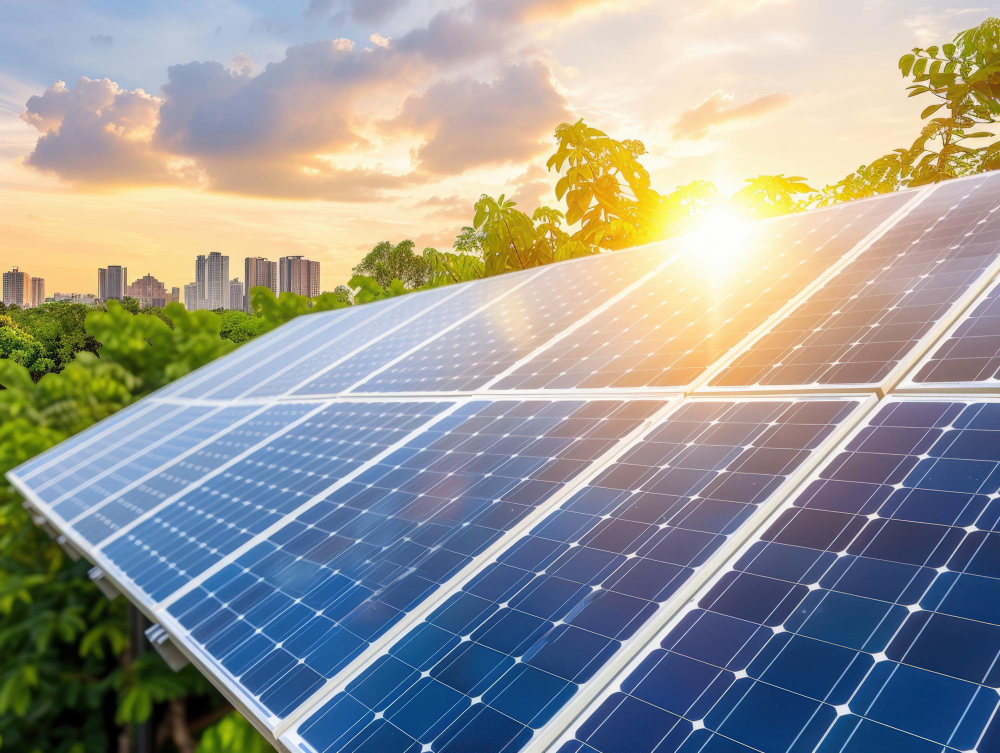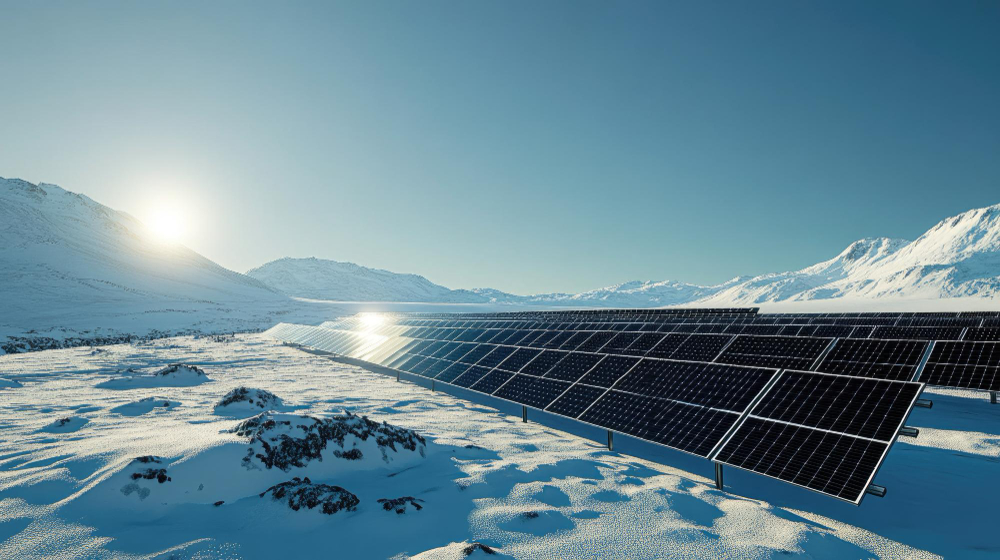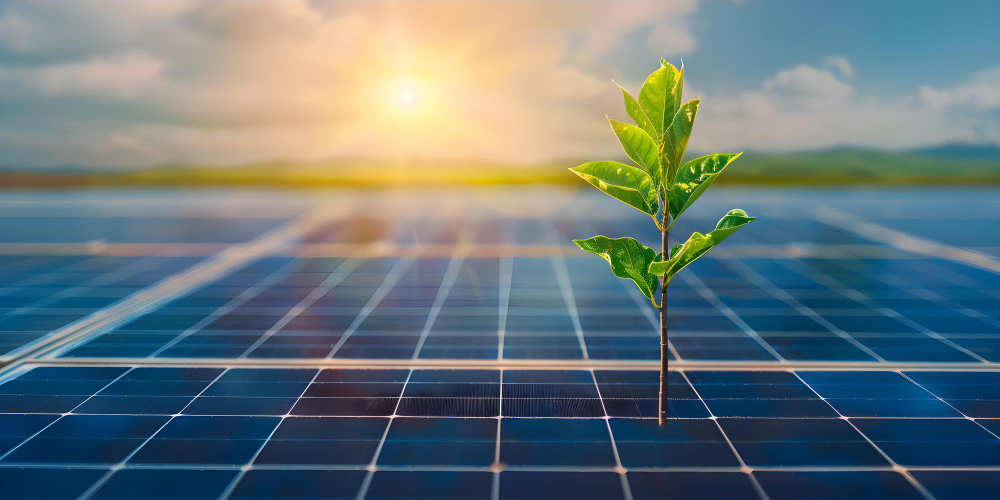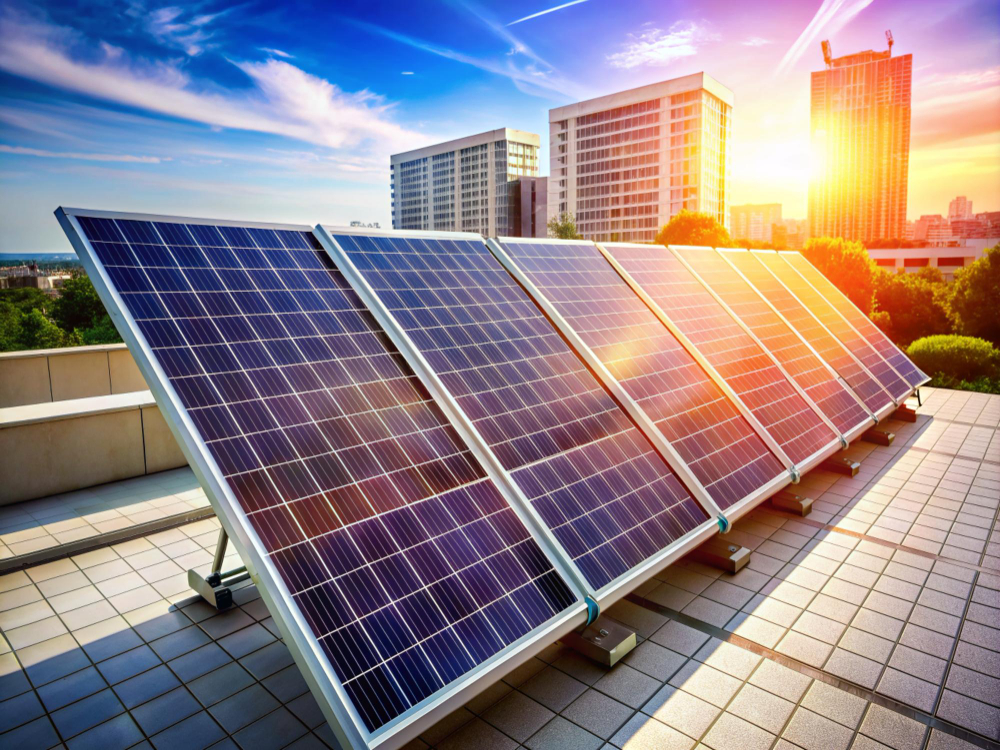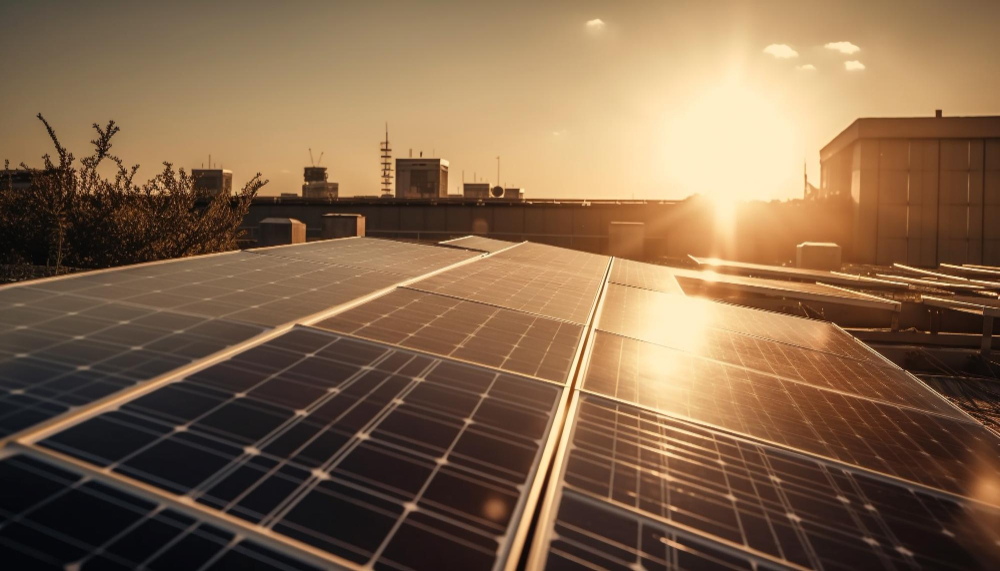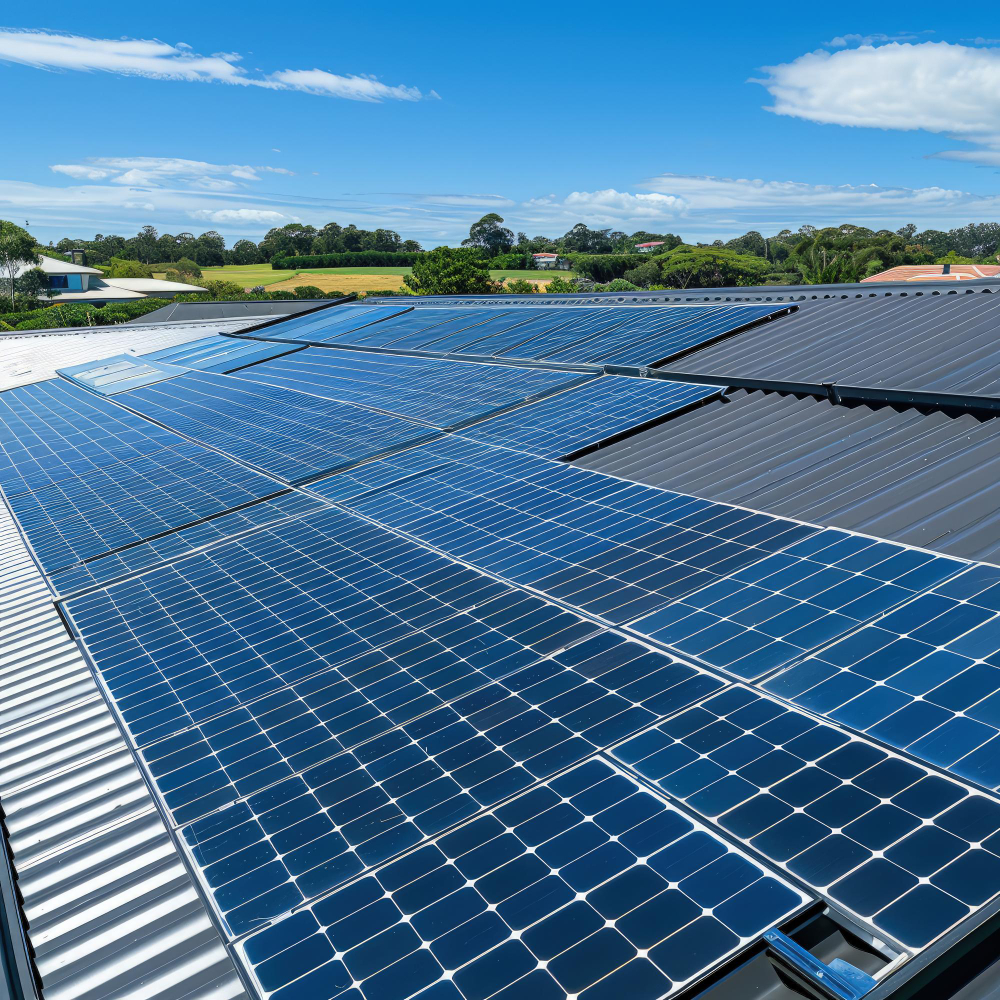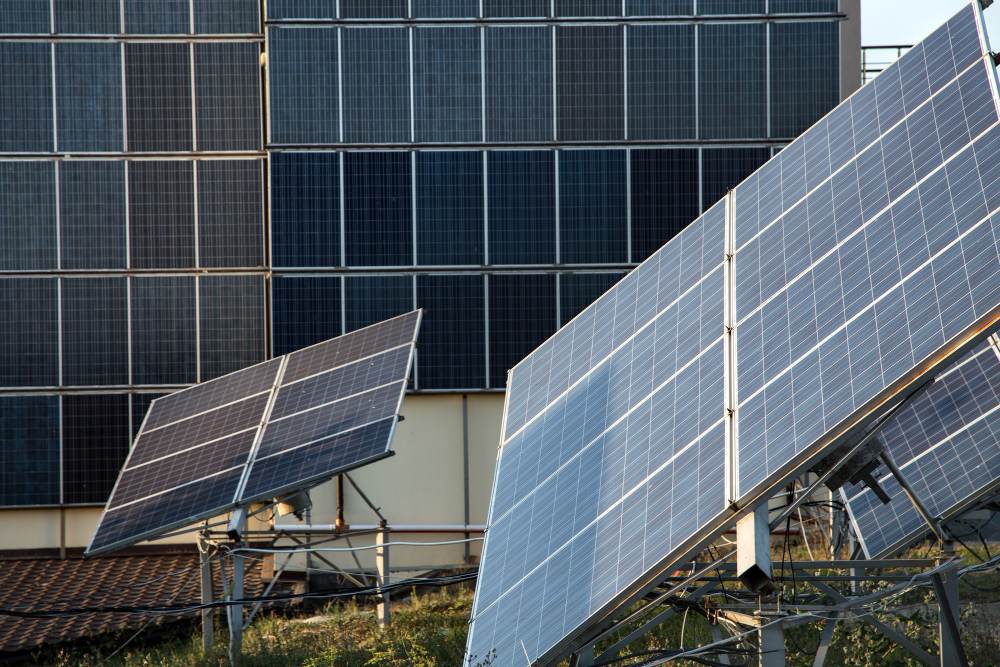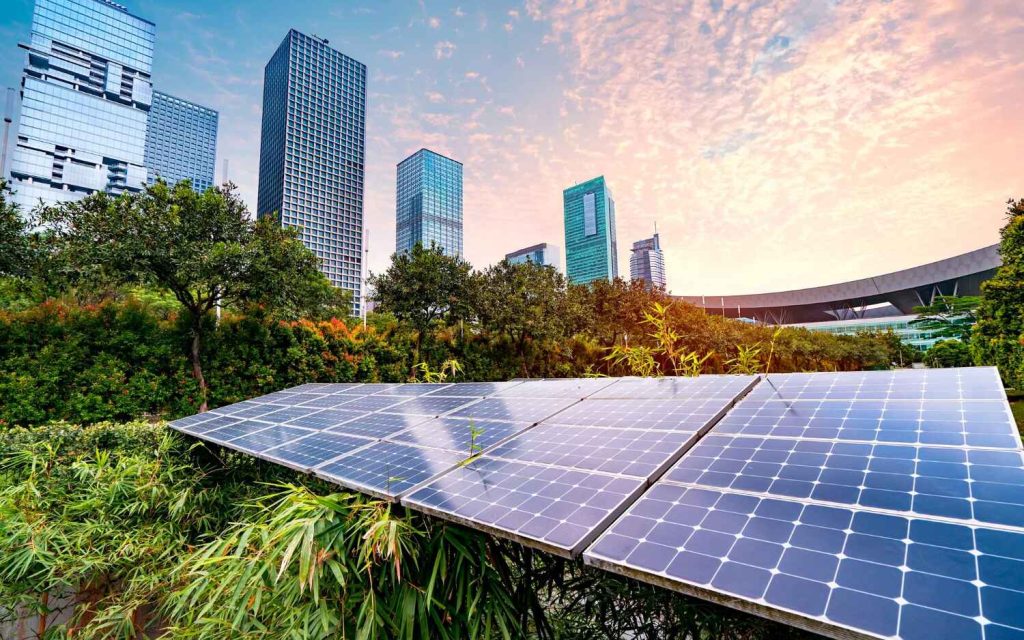Solar Power Maintenance: Keeping Your System in Top Shape
Solar power has become popular for those looking to harness the sun’s energy to power their homes and businesses. The promise of lower energy bills and a reduced carbon footprint is enticing. However, like any technology, solar power systems require regular maintenance to ensure they continue to operate efficiently. In this blog, we’ll explore the essentials of solar power maintenance, making it straightforward to keep your system in top shape. Why Solar Power Maintenance Matters Solar power systems are very reliable and require very little maintenance but they are not completely maintenance less. Maintenance is crucial in order to achieve the best results and to prolong the life of the product. If not well maintained, your solar panels may develop some issues that will make them produce less energy and therefore you will be forced to spend more on electricity bills. Inspect Your Solar Panels Regularly The first and arguably the most important aspect of solar power maintenance is the inspection of your solar panels. Visual inspections can help you spot issues such as: Dirt and Debris: Dust, leaves, and bird droppings can accumulate on the surface of the solar panels and hinder light from getting into the panels. Cleaning should be done on a routine basis especially if there is a lot of dust or if the place is frequented by birds. Physical Damage: Check for any signs of wear and tear such as cracks, chips or any other signs of damage on the panels. Physical damage can be done to your system and this may need the services of a professional technician. Loose Wiring: Look for any signs of loose or damaged wiring that may be visible. Wiring is very important in order to avoid any mishap and to ensure that the equipment is working efficiently. Clean Your Solar Panels Keeping your solar panels clean is vital for maintaining their efficiency. Dust, dirt, and grime can accumulate over time, blocking sunlight and reducing energy production. Here’s how to clean your panels effectively: Use Water and a Soft Cloth: To clean the panels lightly, wash with water and a soft, non abrasive cloth to clean the surface of the panels. Do not use any chemicals or materials that may scratch the surface of the panels such as bleach. Avoid Using a Hose: Although it may be convenient to wash off the dirt using a garden hose, this may sometimes result in formation of water spots or damaging the panels. But instead of this, use a bucket of water and a sponge or cloth to clean the surface. Hire a Professional if Necessary: If you do not feel up to the task of cleaning the panels or if the panels are out of your reach, then you should hire a cleaning service. They have the equipment and knowledge on how to clean your panels without causing any harm. Monitor System Performance Modern solar power systems come equipped with monitoring technology that allows you to track their performance in real-time. Regularly check your system’s performance to ensure it’s operating efficiently: Check the Inverter: The inverter is a crucial component of your solar power system, converting sunlight into usable electricity. Monitor its performance through the system’s monitoring software or app. Look for any error messages or performance issues. Track Energy Production: Compare your actual energy production with the expected output. If you notice a significant drop in production, it could indicate a problem with the system that needs attention. Schedule Professional Inspections While regular visual inspections and cleaning are important, scheduling professional inspections is also crucial for maintaining your solar power system. Professionals can: Perform Detailed Checks: They have the expertise to conduct thorough inspections, identifying potential issues that may not be visible to the untrained eye. Conduct Performance Tests: Professionals can perform performance tests to ensure your system is operating at peak efficiency. Provide Repairs and Upgrades: If any issues are identified, professionals can carry out necessary repairs or upgrades to keep your system in optimal condition. Keep an Eye on the Surroundings The environment around your solar panels can impact their performance. Make sure to: Trim Overhanging Trees: Trees that shade your solar panels can reduce their efficiency. Regularly trim any overhanging branches to ensure maximum sunlight exposure. Check for New Obstructions: New construction or landscaping changes around your home can create new sources of shade or debris. Regularly assess the area around your panels to address any potential issues. Maintain Your Solar Battery If your solar power system includes a battery for energy storage, proper maintenance is essential. Regularly check the battery’s condition and performance, and follow the manufacturer’s guidelines for maintenance and replacement. Conclusion Maintaining your solar power system is key to ensuring it continues to provide efficient and reliable energy. By conducting regular inspections, keeping your panels clean, monitoring system performance, scheduling professional inspections, and managing the surrounding environment, you can keep your solar power system in top shape. Remember, a well-maintained system not only maximizes your energy savings but also contributes to a sustainable future. So, take these steps to care for your solar panels, and enjoy the benefits of clean, renewable energy for years to come.

